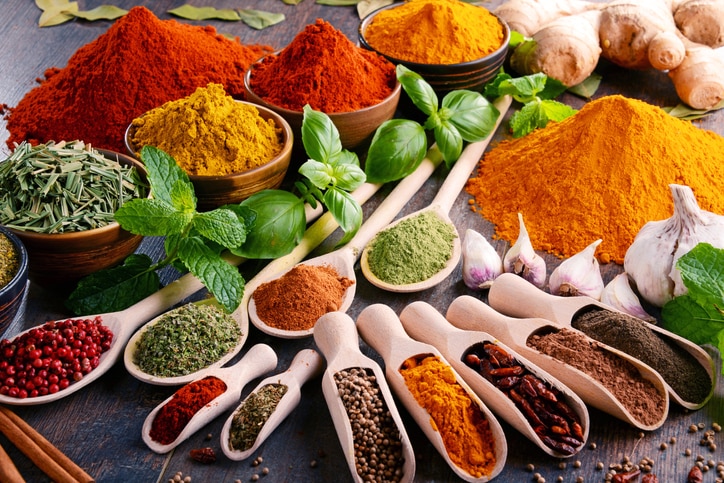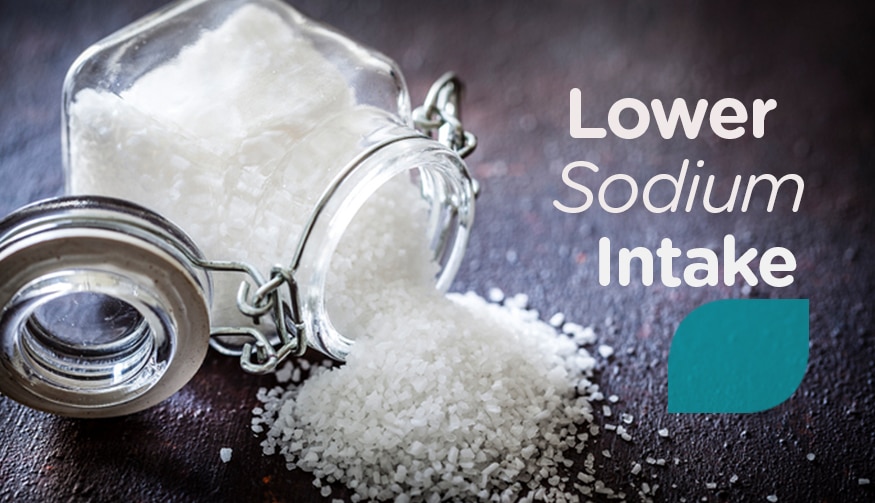Diets high in sodium increase blood pressure levels. High blood pressure damages the kidneys over time and is a leading cause of kidney failure. More than 70 percent of the sodium we eat comes from packaged and restaurant foods. Therefore, you may get more sodium than you need, even if you never pick up saltshaker. Here are the tips to lower your sodium intake and stay healthy.
Select packaged foods carefully
If you intend to buy the packaged foods, compare labels and choose the product with the lowest amount of sodium (per serving) in the store. Look for the “no salt added” or “sodium-free” labels, it means the products have less than 5 mg per serving. Reading the food label can help to lower your daily sodium intake.
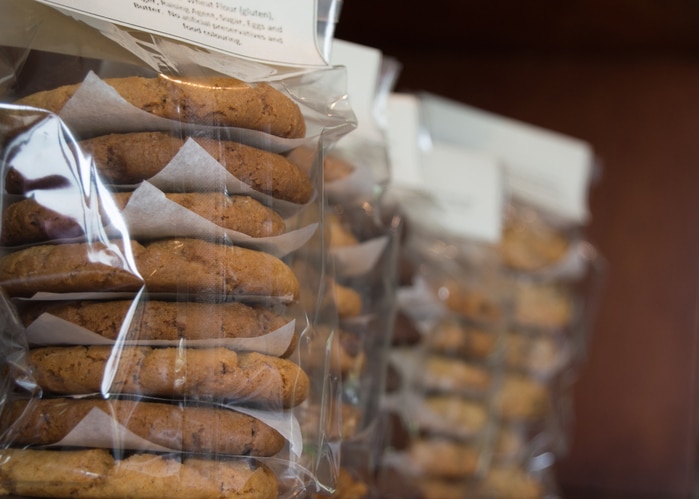
Choose fresh meats if possible
If you intend to buy the packaged foods, compare labels and choose the product with the lowest amount of sodium (per serving) in the store. Look for the “no salt added” or “sodium-free” labels, it means the products have less than 5 mg per serving. Reading the food label can help to lower your daily sodium intake.
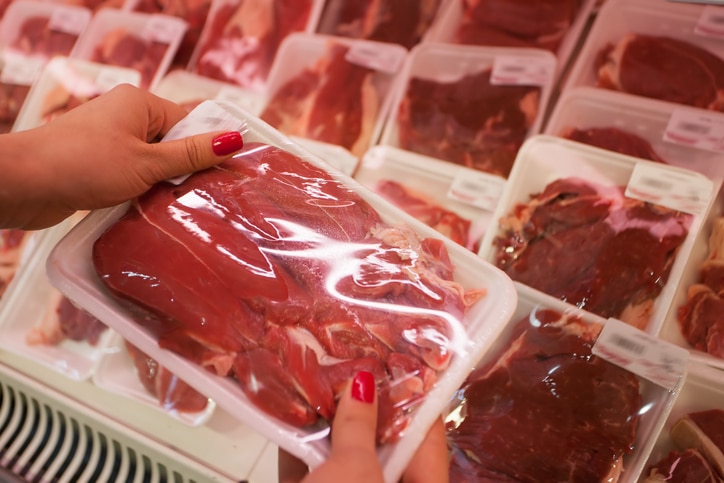
Fresh fruits and vegetables
If you intend to buy the packaged foods, compare labels and choose the product with the lowest amount of sodium (per serving) in the store. Look for the “no salt added” or “sodium-free” labels, it means the products have less than 5 mg per serving. Reading the food label can help to lower your daily sodium intake.
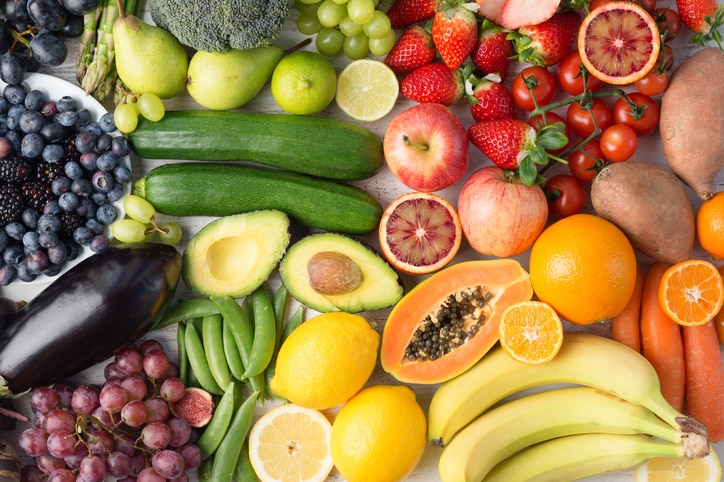
Look for alternatives
Instead of salt, you can add salt-free spices to your food, such as coriander, black pepper, ginger, rosemary, marjoram, thyme, tarragon, garlic or onion powder. And, you can keep them in the front and center on your kitchen table to help you break the habit of salting your food.
